GET A QUOTE
We are here and ready to make IT work for you. Arrange your free consultation now.
NETWORK SOLUTIONS.
The Backbone of Connectivity: Elevate Your Business with Precision Structured Cabling Solutions!
What is Structured Cabling?
Structured Data Network Cabling, also known as structured cabling, is an organised and standardised approach to designing, installing, and managing the physical infrastructure required to support various data communication services within an organisation or building. This infrastructure encompasses all the cables, connectors, and associated hardware necessary for transmitting data, voice, video, and other digital information throughout a facility.

Key aspects of of structured cabling include:
- Cabling Subsystems: Structured cabling typically includes different subsystems, such as horizontal cabling, backbone cabling, telecommunications rooms (TRs), and equipment rooms. These components work together to create a seamless and efficient network infrastructure.
- Standardisation: Structured cabling adheres to industry standards and guidelines set forth by organisations like the Telecommunications Industry Association (TIA) and the International Organisation for Standardisation (ISO). These standards ensure consistency, compatibility, and reliability.
- Cable Types: Structured networking systems utilise various types of cables, including twisted-pair copper cables (e.g. Cat 5e, Cat 6, Cat 6a) and fibre optic cables (e.g. single-mode, multi-mode). Each cable type serves specific purposes and meets different transmission requirements.
- Connectivity Hardware: Structured networking systems include connectors, patch panels, jacks, outlets, and related hardware that facilitate the termination and connection of cables to end-user devices and network equipment.
- Patch Cords and Patch Panels: Patch cords (short cables with connectors on both ends) and patch panels (devices used for cable termination and organisation) are fundamental for network management and maintenance.
Benefits of Structured Cabling
The organised and labelled structure simplifies troubleshooting, maintenance, and changes. Reducing downtime and associated costs.
Structured cabling systems are designed to be scalable, making it straightforward to expand or upgrade network capabilities as an organisation grows.
Structured cabling is renowned for its reliability and high-performance capabilities. It minimises signal interference and supports high data transfer rates.
Structured cabling can support a wide range of network services, including data, voice, video conferencing, and other multimedia applications.
Structured cabling provides robust and reliable performance. It supports higher bandwidths and faster data transmission, ensuring that the network can handle high-demand applications without degradation in performance.
Properly installed structured cabling systems comply with safety and regulatory standards. This compliance not only ensures the safety of the physical infrastructure but also helps avoid potential legal issues.
Choosing ITCS for structured cabling ensures you receive a customised, high-quality solution tailored to your business needs, backed by our expertise and adherence to industry standards. We provide comprehensive services from consultation to maintenance, ensuring efficient project management and minimal disruption.

Why should you choose ITCS?
- our mission
- our vision
- Our History
- Proactive approach to all opperations.
- Fully reliable
- 20 years of experience.
- Proven innovation and cost reducing procedures.
- Adaptable and flexible to suit you, and your business.
- Customised solutions for you, and your business.
- Partner rates
- Proven track record of success






 CLOSE
CLOSE











